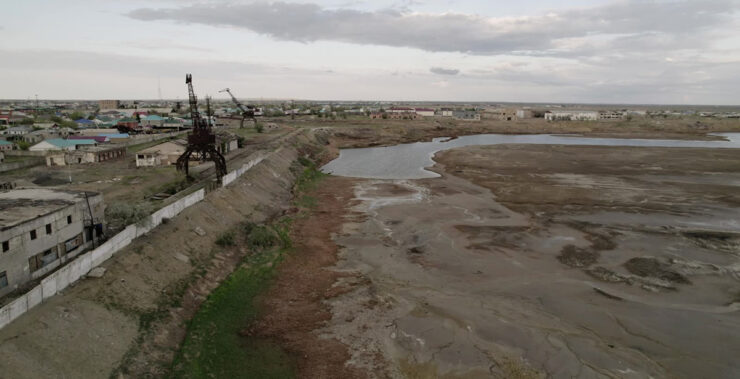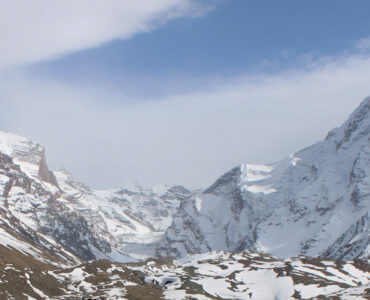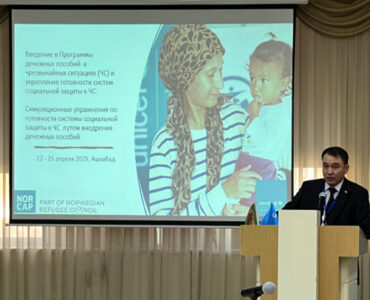NPR’s report, Central Asia’s Ticking Time Bomb: Water, paints a stark picture of the region’s water crisis. Once the world’s fourth-largest saltwater lake, the Aral Sea has lost 85% of its surface area since 2011, leading to severe environmental, health, and economic issues. During the Soviet era, the Amu Darya and Syr Darya rivers, essential to the Aral Sea, were diverted for cotton farming in Uzbekistan and Turkmenistan. Water flows from these rivers have drastically declined – from 1,000 billion to 95.7 billion cubic feet for the Amu Darya, and from over 200 billion to 141.6 billion cubic feet for the Syr Darya.
Key issues causing the Aral Sea’s depletion include outdated Soviet-era canals that lose up to 37% of water due to lack of lining, excessive cultivation of water-intensive crops like cotton, rice, and wheat, and restrictive agricultural policies. For example, Uzbekistan directs 90% of its water to agriculture, much of it for cotton, despite scarce water resources. Uzbekistan has increased irrigated land by 43% since 1991 with 70% of the land used for cotton. This has led Uzbekistan to rank among the top 20 most water-wasteful countries relative to economic output.
Climate change worsens the situation. Central Asia’s temperatures are rising at twice the global average, leading to faster glacier melt, reducing water flow, and contributing to desertification. The region’s water supply has dropped by 75% since the 1960s. Pollution and toxic dust storms have brought increased cases of tuberculosis, cancer, and high infant and maternal mortality rates.
Future projections are grim if the crisis continues, parts of Central Asia may become uninhabitable, and 2.4 million people could become climate refugees by 2050. Afghanistan’s Qosh Tepa canal threatens to divert even more water from the Amu Darya, worsening the crisis.
Donate to support Turkmen analysts, researchers and writers to produce factual, constructive and progressive content in their efforts to educate the public of Turkmenistan.
SUPPORT OUR WORKThere is some hope. Kazakhstan’s Kok-Aral Dam, built in 2005 with World Bank funding, has partially restored the North Aral Sea and revived local fisheries. However, the dam is low and leaking, signaling the need for further action.
To address the crisis, experts recommend improved water monitoring, fair distribution agreements, and agricultural reforms that promote salt- and drought-resistant crops. Uzbekistan has declared an “emergency regime of water conservation” for 2024, with plans for farmer education and incentives for water-saving technologies. Still, without stronger, timely action, Central Asia risks mass displacement, economic instability, and potential conflict over dwindling resources.






